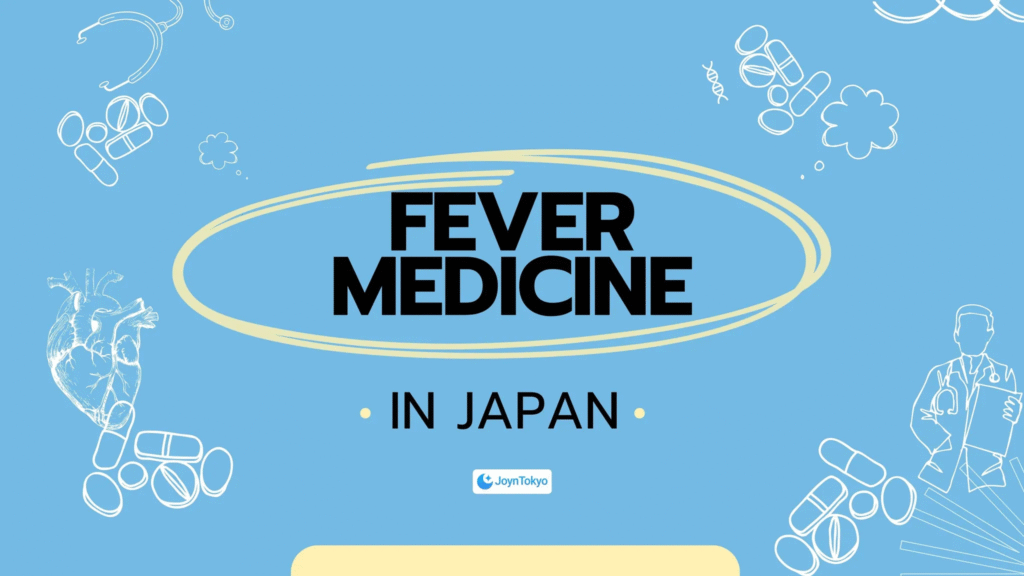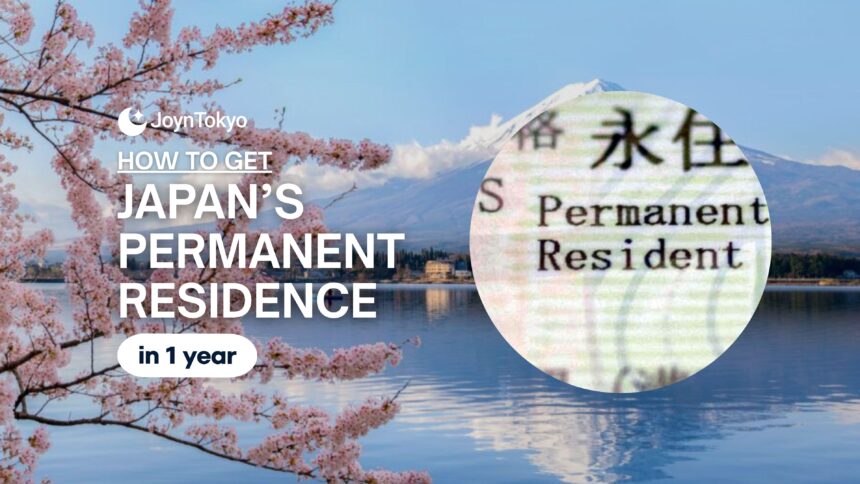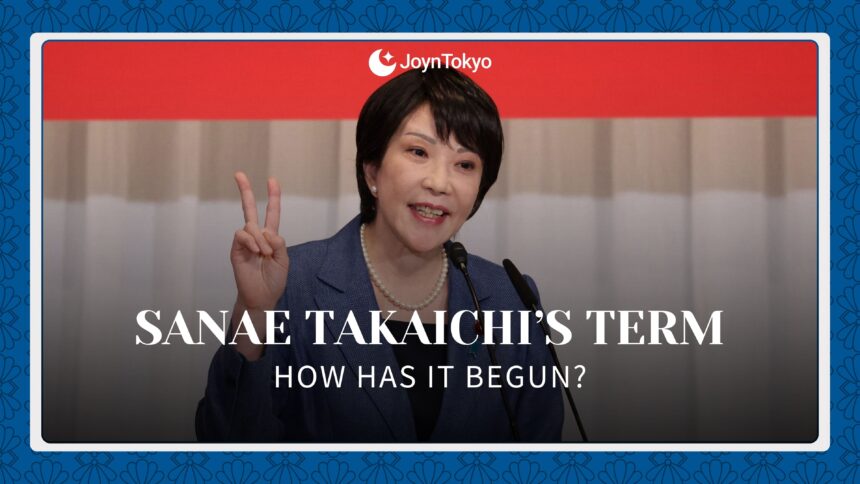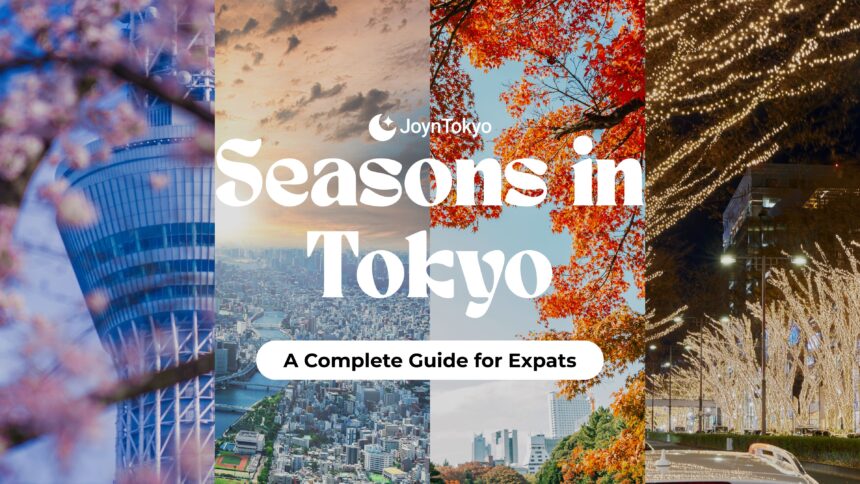Navigating health care and seasonal illnesses in Japan can be overwhelming for foreign residents, and especially during flu season. Annual influenza outbreaks disrupt everyday life, from public transportation to workplace attendance. This guide will help you understand Japan’s flu seasons, prevention methods, and treatment options to stay safe and healthy.
Understanding Flu Season in Japan
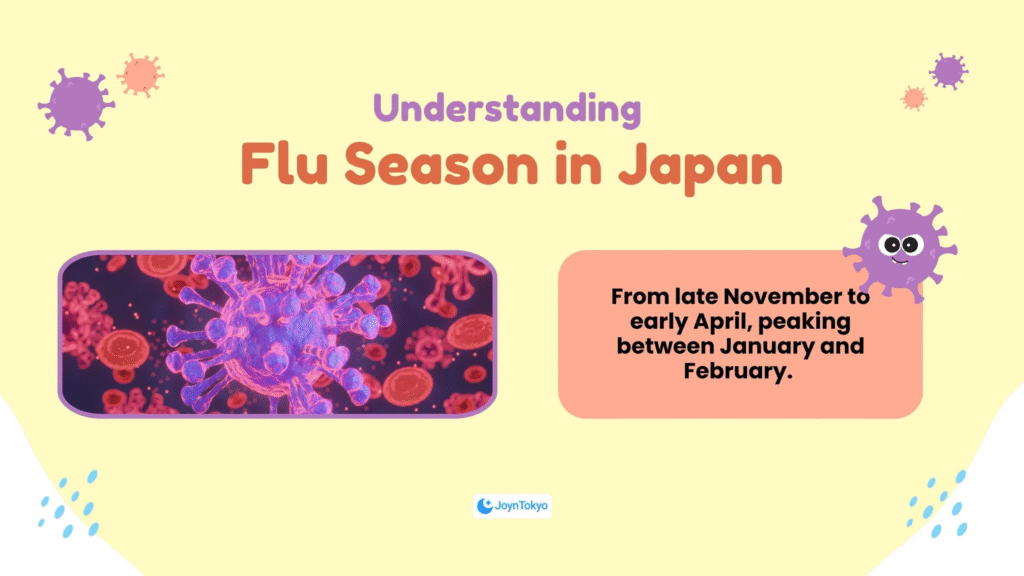
In Japan, flu season typically runs from late November to early April, peaking between January and February. During this time, outbreaks are common in schools, offices, and other urban areas. The flu spreads easily in crowded environments, like trains and classrooms, so staying informed and aware is crucial.
Common Flu Symptoms and Outbreak Trends
Flu symptoms in Japan mirror global patterns: high fever, chills, muscle aches, fatigue, cough, and sore throats. Due to the virus’s rapid spread, temporary school or workplace closures are common. Being aware of flu symptoms helps you act early and reduce transmission.
Preventing Flu Infection in Japan
Japan places strong emphasis on community health and flu prevention. Public campaigns and daily habits help to limit transmission of the disease.
Flu Vaccination in Japan

Getting vaccinated is the most effective way to prevent infection. Flu shots are available from October through December at your local clinics, hospitals, and sometimes even workplaces. Costs typically range from ¥3,000 to ¥5,000. Some municipalities offer subsidies, so check with your local ward office.
Mask-Wearing Culture

Wearing a mask is a social norm in Japan during flu season. You will find people wearing masks not only when they are sick, but also as a preventive measure. Masks are sold at pharmacies, supermarkets, and convenience stores year-round.
Hand Hygiene and Gargling

Frequent handwashing, alcohol-based sanitizers, and gargling are highly encouraged in Japan. Following the spread of COVID-19, hand sanitizer dispensers are commonly placed at building entrances and public venues, supporting widespread hygiene practices.
Treatment and Healthcare Access
If you get the flu, receiving early medical care can help shorten recovery time. Japan’s healthcare system is efficient and accessible for foreign residents.
Visiting a Clinic or Hospital
If flu symptoms appear, consult a medical professional quickly. Antiviral medications such as Tamiflu or Relenza are most effective when taken within 48 hours of onset. Most health insurance plans in Japan cover these costs, including consultation and medication.
Managing Symptoms at Home
Even with medical care, rest and hydration are essential. Fever-reducing medications like acetaminophen (sold over-the-counter in pharmacies) can ease discomfort. Isolating yourself at home is expected and appreciated to protect others.
Read More
Tips for Foreign Residents
Language Support and Clinics
Larger hospitals in major cities often provide English-speaking staff or interpretation services. However, clinics in smaller cities may not, so using translation apps or bringing a Japanese-speaking friend can be helpful.
Work and School Expectations
Japan promotes a culture of not spreading illnesses. Companies typically have clear policies about taking sick leave, and schools may close during severe outbreaks. Notify your employer or school promptly if you fall ill.
Final Thoughts: Staying Healthy Through Flu Season
Being proactive is the best way to get through flu season in Japan. Vaccinate early, practice good hygiene, and seek care promptly if necessary. When you align with local norms and healthcare practices, you’ll both protect your health and contribute to your community’s wellbeing.
Flu season doesn’t have to be stressful. With preparation and awareness, you can continue enjoying life in Japan, safely and confidently.


